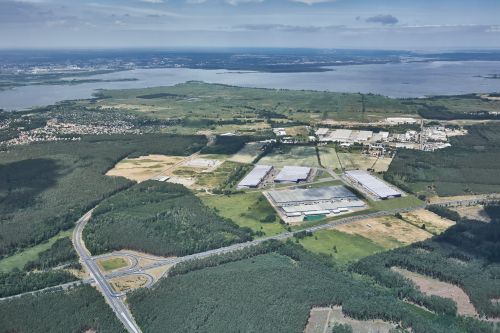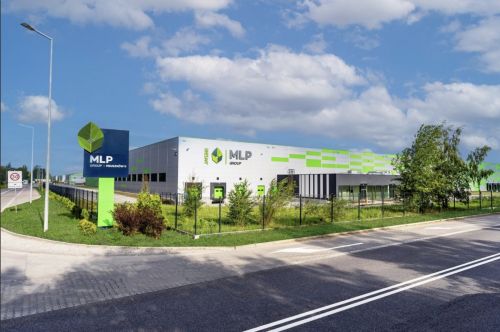Over the last month, it was the developed markets that turned out to be more effective in terms of defending the gains they had previously made. While the correction was taking a firmer grip in Warsaw throughout April, the effect was milder on the global stock exchanges. Even though at the end of April and early May there were more factors emerging from developed economies that could have stopped investors from buying, the passivity of the US central bank that followed (the lack of interest rate increases creating a good climate for stock exchange purchases) was welcomed by investors. The weaker Q1 data from the USA could turn out to be bad news for the American stock exchanges if the trend continues. Investors are also worried about the fact that investments are doing poorly across the ocean and that the growth is based on private consumption, which could in turn contribute to increasing inflation expectations and encourage the US central bank to act. The puzzle in the largest economy






























































